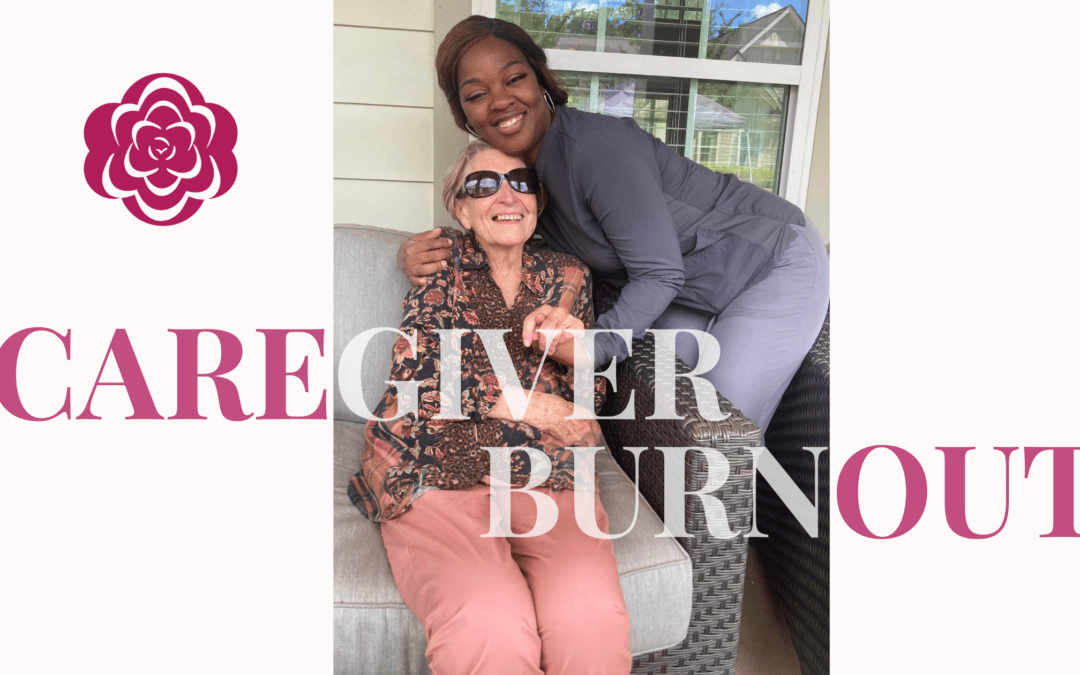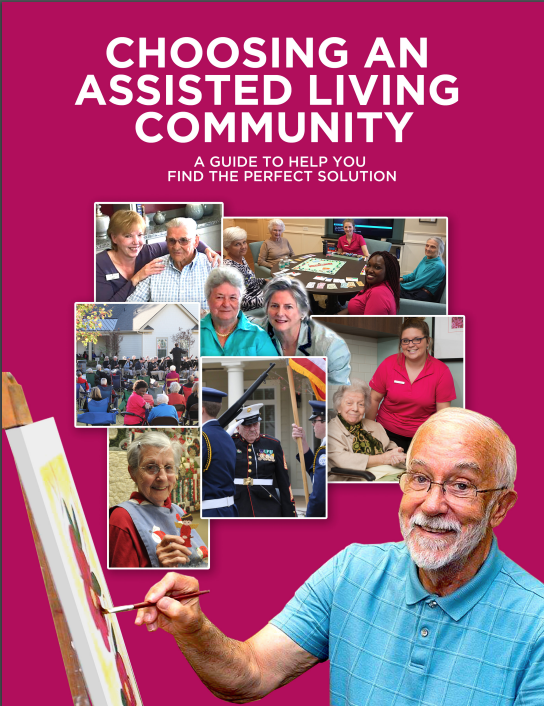Caregiver Burnout
The demands of caregiving can be overwhelming, especially if the caregiver feels that they’re in over their head or that they have little control over the situation.
Caregiver burnout is a state of physical, emotional, and mental exhaustion that can occur when someone is providing care for another individual, often a loved one, over a prolonged period. It’s especially common when the caregiver doesn’t get the help they need or if they try to do more than they’re able, either physically or financially.
Signs you or someone you know might be experiencing caregiver burnout:
- Physical and emotional fatigue: Caregivers may feel constantly tired, even after getting a good night’s sleep.
- Change in sleep patterns: Difficulty falling asleep or staying asleep, oversleeping, or not getting enough rest.
- Change in appetite or weight: Overeating or not eating enough can be signs of stress.
- Feeling of hopelessness or helplessness: A feeling that the situation will never improve or that they’re not making a difference.
- Increased susceptibility to illnesses: The physical and emotional toll can weaken the immune system.
- Withdrawal from social activities: Caregivers might lose interest in activities they once enjoyed or isolate themselves from friends and family.
- Feeling increasingly resentful: Resentment might grow towards the person they’re caring for or towards others who aren’t helping.
- Loss of interest in life in general: This can manifest as a lack of motivation or a feeling of defeat.
- Irritability or short temper: Snapping at the person being cared for or at other loved ones.
- Emotional fluctuations: This can include mood swings, bouts of crying, or feelings of depression.
An assisted living community could help alleviate some of the challenges caregivers face. We know that individuals who have selflessly cared for their loved ones ultimately want the best for them. We also know that considering an assisted living community is a difficult conversation.
Let’s consider how a transition to a community would benefit both people by providing a holistic solution that caters to the resident’s physical, emotional, and social needs while simultaneously providing respite and support to the caregiver.
Professional Care and Support:
- 24/7 Care: One of the primary benefits is around-the-clock professional care. No more waking up in the middle of the night to assist or worrying about leaving your loved one alone.
- Medical Attention: Many assisted living communities have medical professionals on-site or on-call, ensuring that residents receive timely medical care when needed.
- Structured Routines: Assisted living communities offer structured routines which can be especially beneficial for individuals with cognitive disorders, helping them feel grounded and secure.
Respite for the Caregiver:
- Time for Self-Care: Transitioning a loved one to an assisted living community provides caregivers a break, allowing them to focus on their own health and well-being.
- Reduced Physical Strain: The physical demands of caregiving, such as lifting or assisting with mobility, are taken over by trained professionals, reducing the risk of injuries or strain.
- Mental Relief: Knowing that a loved one is in a safe environment and attended to can provide immense psychological relief.
Social and Recreational Benefits:
- Social Opportunities: Assisted living communities often organize social activities, ensuring that residents have regular interactions, reducing feelings of loneliness or isolation.
- Structured Activities: From physical exercises to memory games and hobby classes, these communities offer activities tailored to the residents’ needs and interests.
Safety and Security:
- Safe Environment: The facilities are designed with the safety of the elderly in mind, including handrails, non-slip flooring, and emergency call systems.
- Regular Check-ins: Many communities offer regular check-ins, ensuring residents are safe and well.
Flexibility and Family Involvement:
- Visitations: Families are encouraged to visit, allowing them to spend quality time with their loved ones without the pressures of caregiving.
- Open Communication: Most communities prioritize open communication with families, keeping them updated about their loved one’s health and well-being.
Economic Considerations:
- All-inclusive Costs: While there’s a cost associated with assisted living, it’s often comprehensive, covering housing, meals, medical attention, and activities. In many cases, it may be comparable to or even more cost-effective than home care, especially when considering the out-of-pocket expenses for services and modifications to make a home safe for an aging loved one.
Caregiver burnout is a genuine and significant concern, given the increasing number of people taking care of aging parents or loved ones with chronic illnesses or disabilities. Recognizing the signs and taking steps to address them can ensure that caregivers maintain their well-being while continuing to provide the best care for their loved ones.





